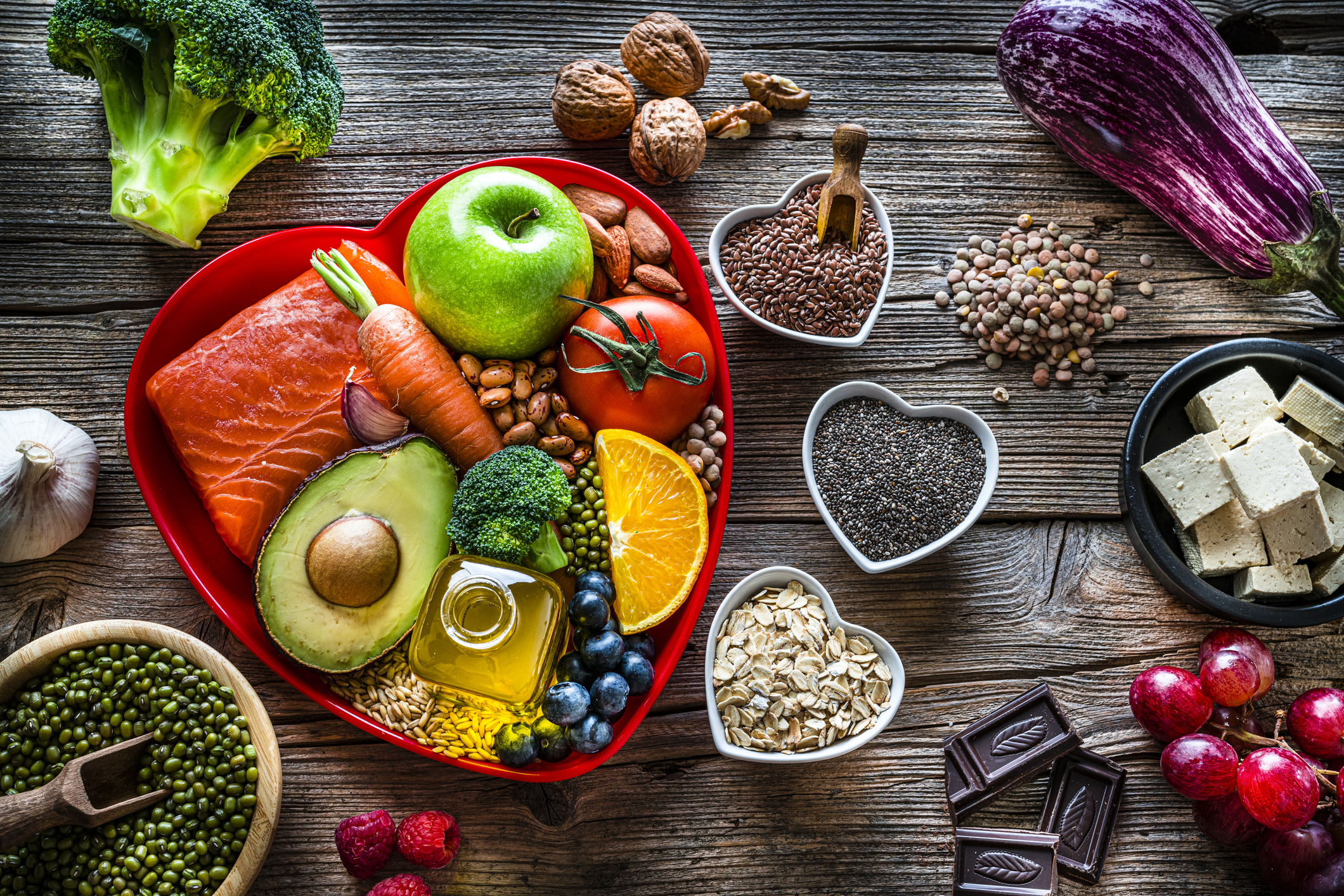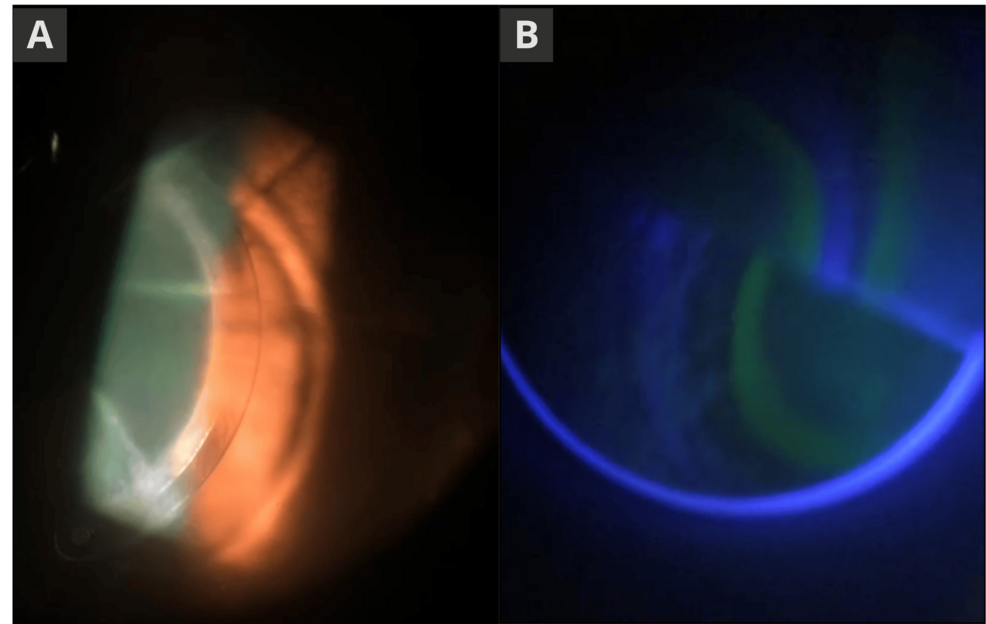Category: 6. Health
-

Bat-borne virus linked to unexplained illnesses in Bangladesh
Infectious disease researchers have identified Pteropine orthoreoviruses (PRVs), a group of newly emergent bat-borne viruses, as the culprit for previously unexplained illness in five Bangladeshi patients, one of whom eventually…
Continue Reading
-

Brain Health Challenge: Try the MIND Diet
Welcome to Day 2 of the Brain Health Challenge. Today, we’re talking about food.
Your brain is an energy hog. Despite comprising about 2 percent of the average person’s body mass, it consumes roughly 20 percent of the body’s energy. In…
Continue Reading
-

Diabetes could drain up to INT$78.8 trillion from the global economy by 2050, study finds
A large international modelling study reveals that the hidden cost of unpaid caregiving, not healthcare alone, drives the staggering long-term economic impact of diabetes across countries and income levels.
Study: The global…
Continue Reading
-
Comparison of treatment modalities for distal radius fractures in terms of functional outcomes pain management and grip strength
Meena, S., Sharma, P., Sambharia, A. K. & Dawar, A. Fractures of distal radius: an overview. J. Family Med. Prim. Care. 3 (4), 325–332 (2014).
Çelik, M. et al. The effects of phenyramidol…
Continue Reading
-

How to Eat to Lower Cholesterol
Saturated and Trans Fats Matter More Than Dietary Cholesterol
Interviewer: How to eat to control your cholesterol. Sharee Thompson is a registered dietitian nutritionist at University of Utah. Sharee, first of all, when it comes to helping…
Continue Reading
-
Retrospective cohort study of hepatitis B immunization strategy effects in Beijing across 30 years
World Health Organization. Global hepatitis report 2024: action for access in low- and middle-income countries, <https://www.who.int/publications/i/item/9789240091672> (2024).
Pattyn, J., Hendrickx, G., Vorsters, A. & Van Damme, P. Hepatitis B…
Continue Reading
-

New ADA recommendations confirm dental imaging most effectively used in moderation
Paper addresses specific clinical scenarios
Continue Reading

